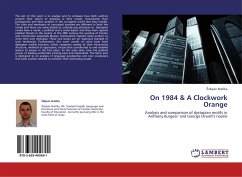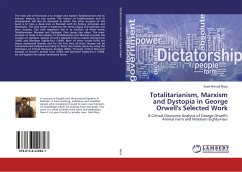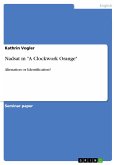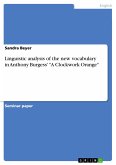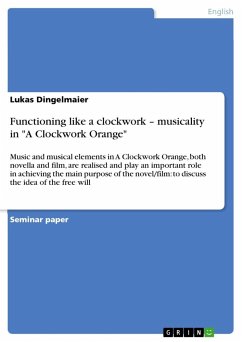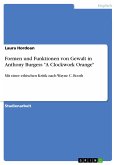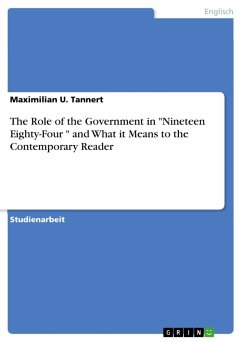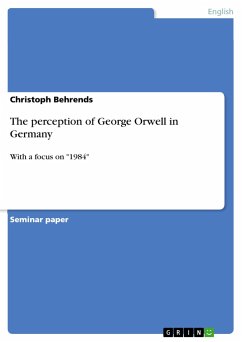The aim of this work is to analyze and to compare how both authors present their visions of dystopia in their novels, characterize their protagonists and their position in the corrupted world that they inhabit. The rules and mechanics of corrupted societies are different in both the novels and there are many details to carefully pay attention to. Dystopian novels have a moral, a political and a social aspect and they warn against political threats in the society. In the 20th century the uprising of fascism and communism (especially Russian communism) inspired many authors to write their own dystopias. These two books are an ingenious example of such tendencies. Furthermore, this work unveils on what basis both dystopian worlds function, which comprises namely of their hierarchical structure, methods of oppression, factors that contributed to and enabled seizure of power in the first place. At the same time, how the political power of leading authorities is being kept and maintained. The latter part is dedicated to an analysis of language peculiarities and new vocabulary that both authors devised to enrichen their fascinating novels.
Bitte wählen Sie Ihr Anliegen aus.
Rechnungen
Retourenschein anfordern
Bestellstatus
Storno

